Stellantis Hurricane twin-turbo I-6 cuts emissions, increases fuel economy and is more powerful
Green Car Congress
MARCH 26, 2022
liter, twin-turbo, inline, six-cylinder engine, named Hurricane, that delivers better fuel economy and fewer emissions than larger engines while at the same time generates more horsepower and torque than many competitors’ naturally aspirated V-8 and boosted six-cylinder power plants. 1 compression ratio and uses 91 octane premium fuel.

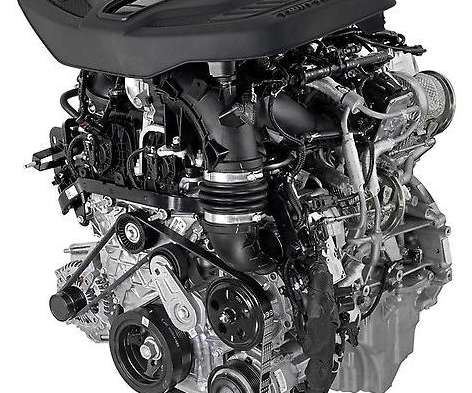








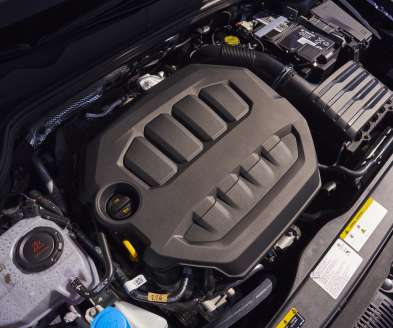






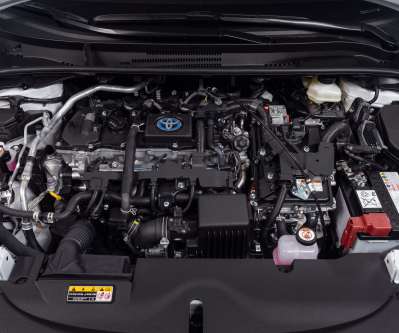










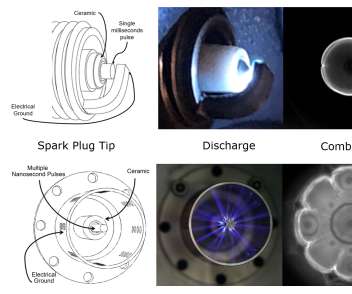


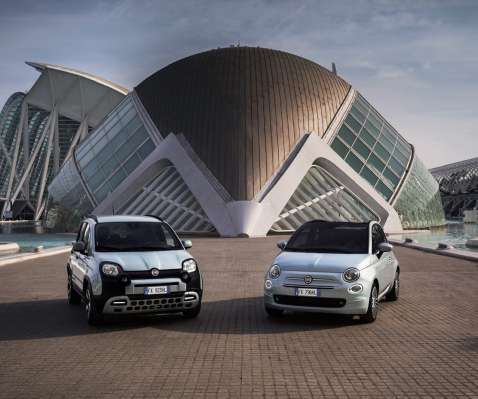








Let's personalize your content